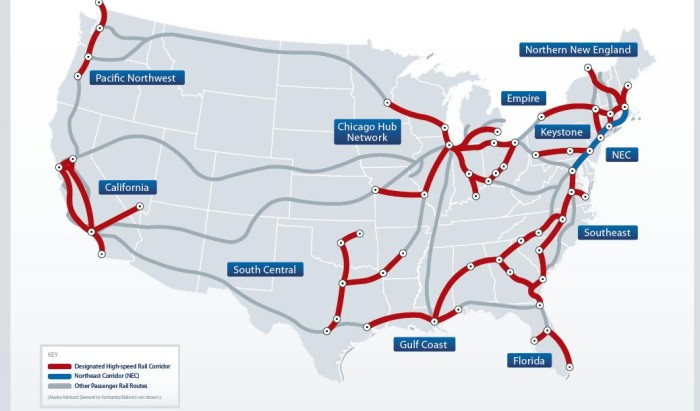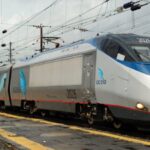Stand Back Behind the Yellow Line!
Passenger rail proponents—and particularly those advocating high-speed rail—have long been trying to explain to the general public and to the media that no one is talking about jumping on a high-speed train in New York City and being whisked across the continent at 200-plus miles per hour. (We generally don’t bother trying to discuss this subject with the virulent anti-rail folks. They’re philosophically opposed to changing their minds.)

What we do talk about is the possibility of high-speed rail lines connecting two or three cities in very specific corridors. Chicago-Indianapolis-Cincinnati would be one; Cleveland-Columbus-Cincinnati another. Then there’s Minneapolis-Milwaukee-Chicago and Vancouver-Seattle-Portland. Don’t look now, but we’ve already got one: Washington-New York-Boston!
In some cases, passenger rail improvements are taking place because the government has stepped up. For example, the feds have helped out with funds that will enable trains running between Chicago and St. Louis to increase speeds along that route from 79 to 110 miles an hour. And guess what? They’re not finished with the up-grade yet, but ridership is climbing.

In Florida, private money is behind All Aboard Florida which will be running diesel-powered trains up and down the east coast between Orlando and Miami. The company has just unveiled the exterior design of their trainsets. And by the way, these trains are all being manufactured in California by Siemens.
Both the federal government and the State of California are funding the high-speed line that will link Los Angeles and San Francisco. With the populations of those two cities, not to mention tourists, in my opinion this train will be a huge success from Day One. It won’t be the first high-speed line in service, however, because there’s a lot of geology to deal with and folks in the it’s-just-a-damn-gummint-boondoggle crowd are still baying in opposition.
Personally, I think the first high-speed rail line to open for business will be the one in Texas linking Houston and Dallas. It, too, is being financed with private money, but there are fewer problems with terrain and it’s a shorter distance.
In fact, in my view, we’re on the verge of a modest breakthrough in this country. Local and regional governments are beginning to press for increases in their rail service. In some case, that’s very modest … as in hoping for one train a day. But the point is, they’re asking for train service!


